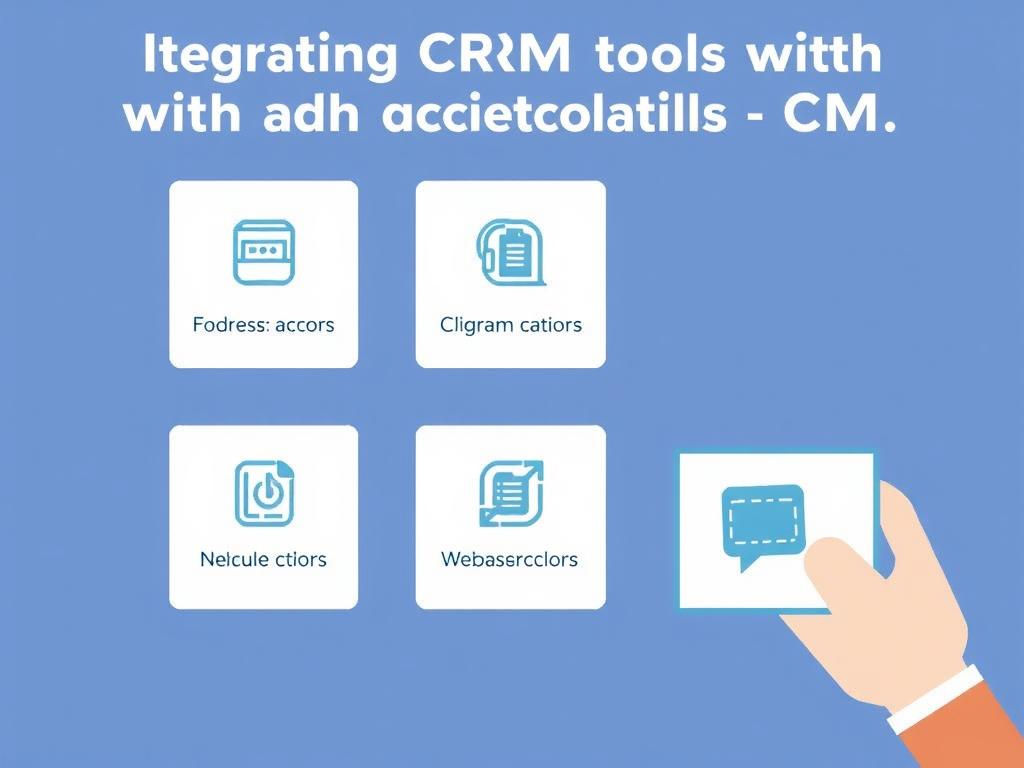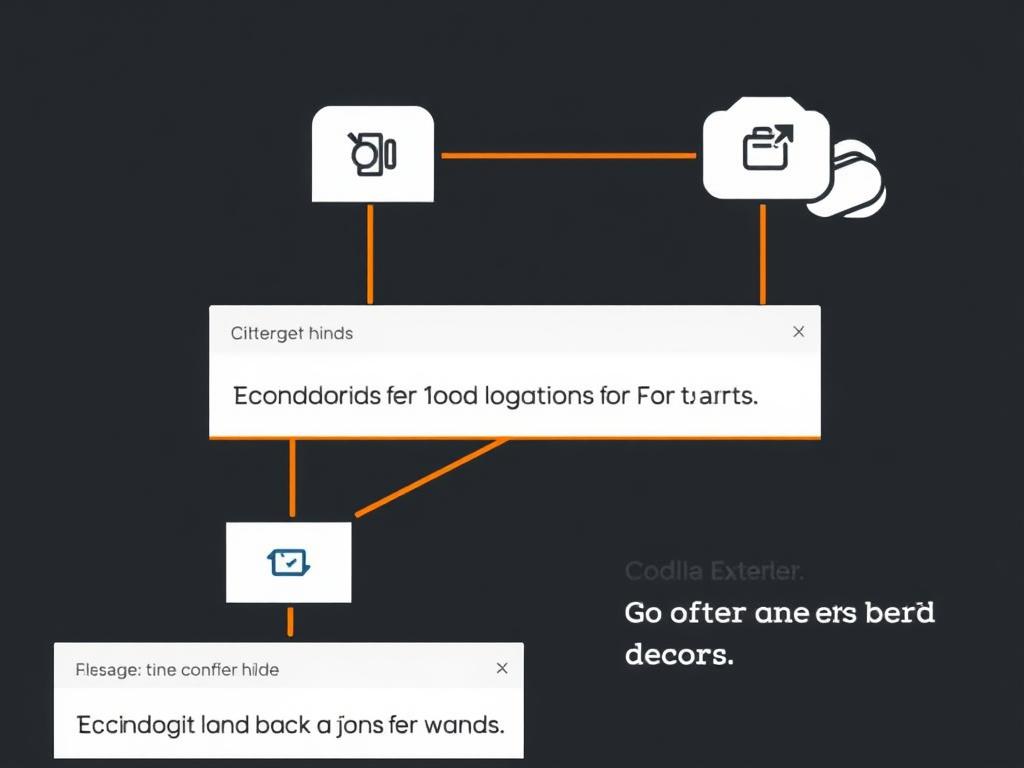Seamless Customer Relationship Management: Integrating CRM Tools with Codelia CMS
Why Integration Between CRM Tools and Codelia CMS Matters
In today’s digital landscape, businesses seek smarter ways to manage their interactions with customers and streamline operations. One effective route is by integrating CRM tools with content management systems (CMS), and Codelia CMS stands out as a modern, flexible platform for such integration. Integrating CRM tools with Codelia CMS enhances data flow, improves customer service, and drives targeted marketing efforts. By connecting these systems, businesses can centralize customer information, automate workflows, and deliver personalized content more efficiently. If you’re wondering how this integration can transform your business or how to get started, this article will walk you step-by-step through the process and benefits.
Understanding the Basics: What is Codelia CMS and CRM Integration?
Before diving deep, it’s essential to understand what integrating CRM tools with Codelia CMS actually means. Codelia CMS offers an open, component-based framework to manage your website’s content effectively, while CRM tools are designed to handle customer relationships, sales pipelines, and marketing activities. When these two systems work hand-in-hand, you no longer need to juggle between separate platforms to access customer data or campaign results. Instead, you have a unified system where customer details, website behavior, and marketing outcomes converge, enabling smarter business decisions.
How CRM Tools and Codelia CMS Complement Each Other
At their cores, CRM tools and Codelia CMS serve distinct but overlapping roles:
- Codelia CMS focuses on creating and managing content, structuring the website, and ensuring a smooth user experience.
- CRM tools focus on tracking customer interactions, sales opportunities, and managing marketing campaigns.
By integrating them, businesses benefit from synchronized data and automated processes, allowing marketing and sales teams to access real-time insights and deliver tailored content to website visitors based on their CRM profiles.
Popular CRM Tools Compatible with Codelia CMS

Depending on your business’s specific needs, different CRM integrations with Codelia CMS can unlock various features and efficiencies. Here’s a quick look at popular CRM tools you can integrate:
| CRM Tool | Key Features | Integration Benefits with Codelia CMS |
|---|---|---|
| Salesforce | Advanced analytics, email automation, lead scoring | Automatic lead capture from site forms, synced customer data |
| HubSpot CRM | Free tier, marketing automation, contact management | Seamless tracking of website behavior, personalized marketing content |
| Zoho CRM | Custom workflows, AI-driven customer insights | Integrated customer profiles, improved sales funnel management |
This table highlights that regardless of your chosen CRM, integrating it with Codelia CMS enhances customer engagement by bridging the gap between website content and customer data.
Step-by-Step Guide to Integrating CRM Tools with Codelia CMS
You might be thinking, “This sounds great, but how difficult is it to actually do this integration?” The good news is, with Codelia CMS’s flexible architecture and extensive APIs, connecting CRM tools has become much more manageable. Here’s a stepwise approach:
Step 1: Define Your Goals and Use Cases

Before any technical work, clarify what you want this integration to accomplish. Are you aiming to capture leads from website forms automatically? Or perhaps you want to track customer activity on your site to trigger personalized emails? Defining these goals ensures you select the right CRM tool and integration strategy.
Step 2: Choose the Appropriate CRM Tool
Consider the feature set, pricing, and existing tools your team uses. For instance, HubSpot CRM is excellent for small to medium businesses looking for marketing automation without a big cost. In contrast, Salesforce may fit enterprises needing deep customization.
Step 3: Prepare Your Codelia CMS Environment
Ensure your Codelia CMS installation is up to date, and familiarize yourself with its modules, especially those related to API access and form handling. You might also install any plugins or extensions that facilitate API communication.
Step 4: Set Up API Access and Authentication
Most CRM tools provide RESTful APIs to push and pull data. Obtain your API keys or credentials from your CRM dashboard, and configure the authentication method (OAuth, API tokens). On Codelia CMS, input these credentials in the connection settings to enable secure data exchange.
Step 5: Map Data Fields Between Systems

Data mapping is critical. For example, when a visitor submits a contact form on your website, their information should correspond correctly to fields in your CRM (name, email, phone number). Establish clear mappings to avoid data inconsistencies.
Step 6: Test the Integration
Before going live, conduct thorough tests. Submit forms, trigger marketing automation, and verify data appears accurately in your CRM. Also, check that website content dynamically changes when based on CRM data, such as personalized greetings or product recommendations.
Step 7: Train Your Team and Monitor Results
Integration is not just technical; it’s operational. Make sure marketing and sales teams understand how to use the combined system to its full potential, and monitor analytics to refine processes over time.
Common Use Cases for CRM and Codelia CMS Integration
Businesses have found many innovative ways to leverage this powerful integration. Here are some of the most common:
- Lead Capture and Nurturing: Automatically funnel leads from Codelia CMS website forms directly into your CRM, triggering follow-up workflows and personalized email sequences.
- Personalized Content Delivery: Use CRM data to tailor website content or offers to returning visitors, creating a more engaging experience that increases conversion rates.
- Sales Pipeline Management: Sync content engagement metrics (like downloads or page visits) to prioritize leads within your CRM.
- Customer Support Enhancement: Provide customer support agents with direct access to website interaction histories within the CRM for better service.
Tips to Maximize the Benefits of CRM-Codelia CMS Integration
Once integrated, maximizing the potential depends on thoughtful strategies:
- Automate Routine Tasks: Use CRM workflows to follow up with customers without manual intervention.
- Consistent Data Hygiene: Regularly clean up and update data on both platforms to ensure accuracy.
- Leverage Analytics: Analyze combined data for deeper insights into customer behaviors and preferences.
- Enhance User Experience: Use dynamic content delivery based on customer segments identified through CRM data.
Potential Challenges and How to Overcome Them
Like with any integration, some obstacles may arise:
| Challenge | Cause | Solution |
|---|---|---|
| Data Mismatch | Incorrect field mapping or inconsistent formatting | Regularly audit mappings and implement data validation rules |
| API Limitations | CRM API rate limits or feature restrictions | Optimize data transfers; use batch processing where possible |
| Complex Setup | Lack of technical expertise | Utilize professional developers or vendor support, leverage tutorials |
Understanding these challenges before you start will prepare you better for a smooth integration journey.
Future Trends: What’s Next for CRM and CMS Integrations?
The future holds exciting possibilities for CRM and CMS convergence. Artificial intelligence and machine learning are beginning to play a major role, enabling predictive analytics and hyper-personalized content delivery. As Codelia CMS evolves, expect deeper automation, real-time analytics, and cross-channel engagement tied to CRM data. Businesses that adopt these technologies early will set themselves apart with truly customer-centric experiences.
Conclusion
Integrating CRM tools with Codelia CMS isn’t just a technical upgrade—it’s a strategic move that can redefine how your business interacts with customers online. By combining the content management strengths of Codelia CMS with the powerful customer insights provided by CRM tools, you unlock a seamless flow of information, enhanced personalization, and more effective marketing and sales efforts. While the process requires thoughtful planning, technical setup, and ongoing maintenance, the benefits are well worth it. Whether you’re aiming to automate lead capture, personalize your website, or streamline customer support, this integration empowers your business to operate more efficiently and connect with customers on a deeper level. Keeping an eye on the evolving tech landscape and embracing new features and tools will ensure your CRM-Codelia CMS integration continues to deliver value well into the future.

